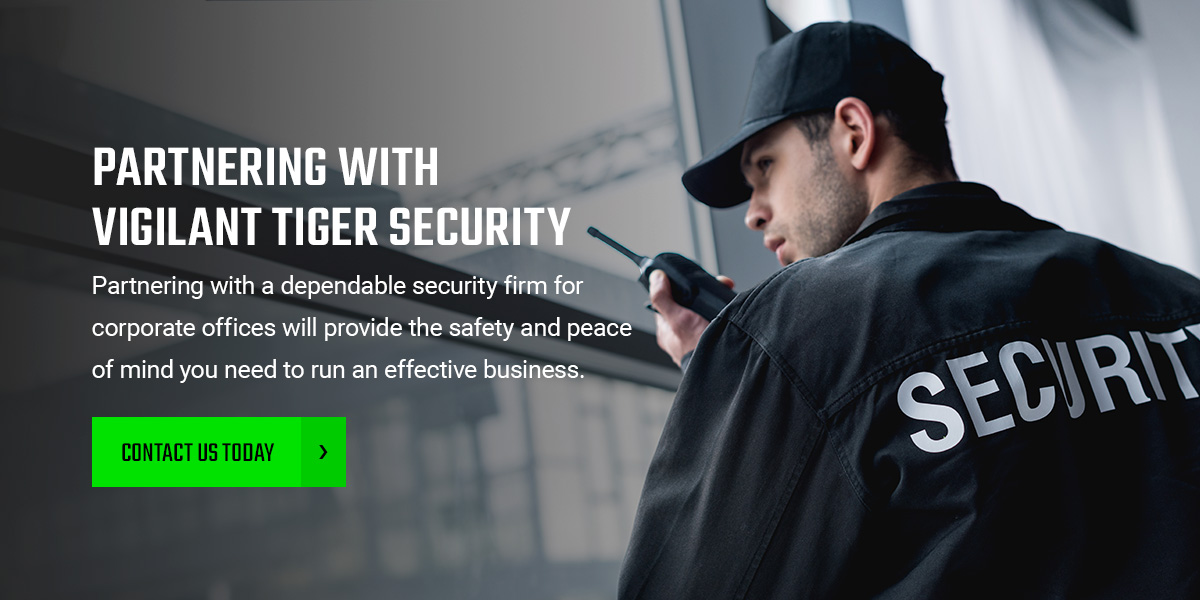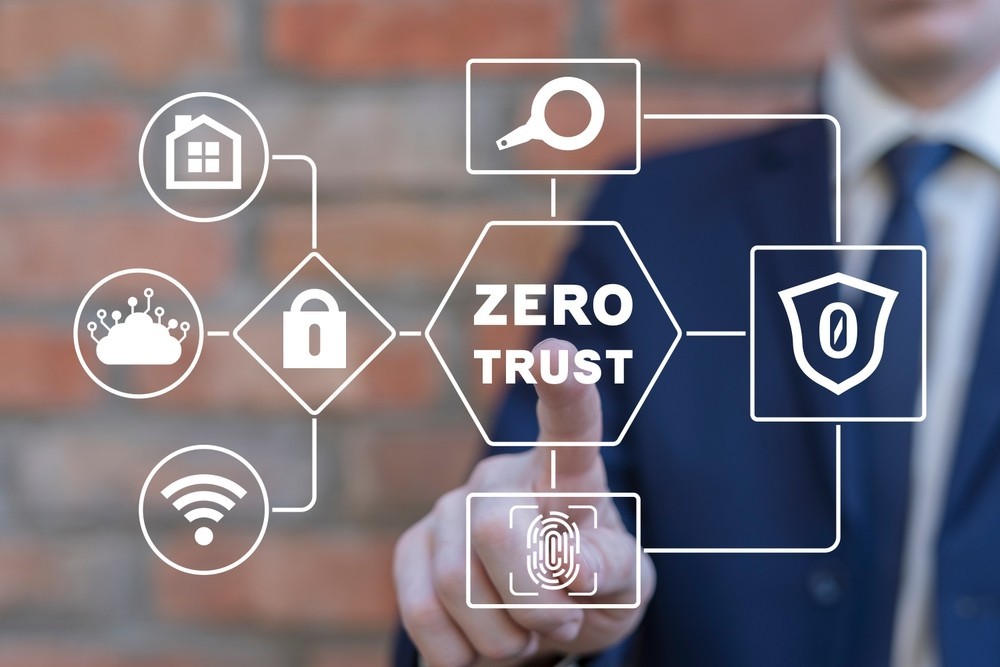From Cybersecurity to Physical Procedures: Reinforcing Corporate Security in a Transforming Globe
In today's quickly advancing electronic landscape, the value of corporate safety and security can not be overstated. As cyber threats become progressively innovative and prevalent, companies need to surpass traditional cybersecurity actions to protect their properties and procedures - corporate security. This is where the assimilation of physical security procedures becomes essential. By incorporating the toughness of both cybersecurity and physical safety and security, business can develop an extensive defense approach that deals with the diverse series of dangers they encounter. In this discussion, we will certainly explore the altering risk landscape, the demand to incorporate cybersecurity and physical protection, the application of multi-factor verification actions, the importance of worker awareness and training, and the adaptation of protection procedures for remote workforces. By checking out these crucial areas, we will certainly gain important understandings right into how organizations can strengthen their business security in an ever-changing globe.
Understanding the Transforming Danger Landscape
The evolving nature of the contemporary globe requires a detailed understanding of the changing risk landscape for reliable business safety and security. In today's interconnected and electronic age, risks to company security have come to be extra complicated and advanced. As innovation developments and businesses become progressively dependent on digital infrastructure, the possibility for cyberattacks, information violations, and various other security breaches has actually dramatically raised. It is vital for companies to remain informed and adjust their security gauges to attend to these evolving threats.
One key aspect of recognizing the changing danger landscape is acknowledging the different kinds of dangers that companies face. Cybercriminals are regularly developing new methods to make use of susceptabilities in computer system systems and networks. These dangers can vary from malware and ransomware strikes to phishing rip-offs and social design strategies. In addition, physical hazards such as theft, vandalism, and corporate espionage stay widespread concerns for services.
Surveillance and evaluating the threat landscape is essential in order to recognize potential threats and vulnerabilities. This includes staying updated on the current cybersecurity fads, assessing hazard intelligence reports, and carrying out normal danger evaluations. By comprehending the altering risk landscape, companies can proactively execute suitable protection actions to mitigate dangers and protect their possessions, track record, and stakeholders.
Integrating Cybersecurity and Physical Safety And Security
Integrating cybersecurity and physical protection is vital for thorough company defense in today's digital and interconnected landscape. As organizations progressively depend on innovation and interconnected systems, the borders between physical and cyber dangers are ending up being obscured. To efficiently safeguard versus these dangers, an all natural technique that integrates both cybersecurity and physical protection steps is crucial.
Cybersecurity focuses on securing electronic assets, such as data, systems, and networks, from unauthorized access, disruption, and theft. Physical security, on the other hand, includes measures to protect physical assets, individuals, and centers from risks and susceptabilities. By incorporating these 2 domains, companies can attend to vulnerabilities and dangers from both electronic and physical angles, therefore improving their general safety pose.
The assimilation of these two disciplines enables an extra detailed understanding of safety and security dangers and allows a unified feedback to occurrences. Physical accessibility controls can be enhanced by incorporating them with cybersecurity protocols, such as two-factor verification or biometric identification. Cybersecurity measures can be complemented by physical protection procedures, such as surveillance video cameras, alarm systems, and secure access factors.

Executing Multi-Factor Authentication Actions
As organizations significantly focus on comprehensive safety and security actions, one efficient approach is the implementation of multi-factor authentication procedures. Multi-factor authentication (MFA) is a security method that needs users to supply numerous forms of identification to access a system or application. This strategy adds an added layer of defense by combining something the individual recognizes, such as a password, with something they have, like a fingerprint or a safety token.
By implementing MFA, companies can considerably improve their safety stance - corporate security. Standard password-based verification has its constraints, as passwords can be conveniently endangered or neglected. MFA alleviates these threats by including an added verification aspect, making it a lot more difficult for unauthorized people to obtain access to delicate information
There are numerous sorts of multi-factor authentication approaches readily available, consisting of biometric verification, SMS-based verification codes, and equipment symbols. Organizations require to examine their certain needs and select the most suitable MFA service for their requirements.
Nevertheless, the implementation of MFA should be carefully prepared and implemented. It is crucial to strike an equilibrium in between safety and use to stop individual irritation and resistance. Organizations needs to additionally consider possible compatibility problems and provide ample training and support to guarantee a smooth change.
Enhancing Worker Understanding and Training
To reinforce business security, companies must prioritize improving staff member awareness and training. In today's swiftly developing threat landscape, workers play a critical role in safeguarding an organization's sensitive details and possessions. Unfortunately, lots of safety and security violations occur as a result of human error or absence of awareness. Companies require to invest in extensive training programs to educate their workers concerning possible risks and the ideal methods for mitigating them.
Efficient employee recognition and training programs ought to cover a wide variety of subjects, consisting of data security, phishing strikes, social design, password hygiene, and physical protection measures. These programs ought to be tailored to the certain demands and duties of various staff member functions within the organization. Routine training workshops, simulations, and sessions can assist workers create the necessary abilities and expertise to recognize and respond to protection hazards properly.
Moreover, companies ought to encourage a society of safety understanding and provide continuous updates and pointers to maintain staff members notified about the most up to date risks and mitigation techniques. This can be done via internal interaction channels, such as e-newsletters, intranet websites, and e-mail campaigns. By cultivating a security-conscious workforce, companies can significantly minimize the possibility of security cases and shield their important properties from unauthorized gain access to or concession.

Adapting Protection Measures for Remote Workforce
Adjusting company security actions to accommodate a remote workforce is essential in guaranteeing the protection of sensitive information and possessions (corporate security). With the raising fad of remote read the full info here job, companies should apply appropriate safety and security steps to alleviate the risks related to this brand-new method of working
One vital facet of adapting security measures for remote job is content developing safe interaction networks. Encrypted messaging platforms and online personal networks (VPNs) can assist secure delicate info and avoid unauthorized accessibility. In addition, companies must impose the use of solid passwords and multi-factor verification to improve the safety and security of remote access.
An additional important factor to consider is the implementation of secure remote accessibility options. This involves supplying staff members with safe access to company resources and data via online desktop framework (VDI), remote desktop computer methods (RDP), or cloud-based options. These technologies make certain that sensitive information continues to be secured while enabling staff members to do their roles successfully.

Finally, comprehensive safety and security recognition training is critical for remote workers. Educating sessions should cover finest methods for safely accessing and dealing with delicate details, recognizing and reporting phishing efforts, and maintaining the overall cybersecurity health.
Verdict
In verdict, as the risk landscape proceeds to develop, it is critical for organizations to reinforce their protection determines both in the cyber and physical domain names. Incorporating cybersecurity and physical safety and security, implementing multi-factor verification steps, and enhancing worker awareness and training are crucial steps towards accomplishing robust company safety and security.
In this conversation, we will explore the altering threat landscape, the need to integrate cybersecurity and physical security, the execution of multi-factor authentication actions, the value of employee understanding and training, and the adjustment of safety and security measures for remote labor forces. Cybersecurity steps can be enhanced by physical safety and security actions, such as surveillance electronic cameras, alarms, and safe accessibility points.
As organizations increasingly focus on extensive safety measures, one efficient approach is the execution of multi-factor verification measures.In final thought, as the hazard landscape continues to progress, it is essential for organizations to reinforce like this their protection measures both in the cyber and physical domains. Integrating cybersecurity and physical safety, applying multi-factor verification measures, and enhancing employee understanding and training are essential steps towards achieving robust business safety.